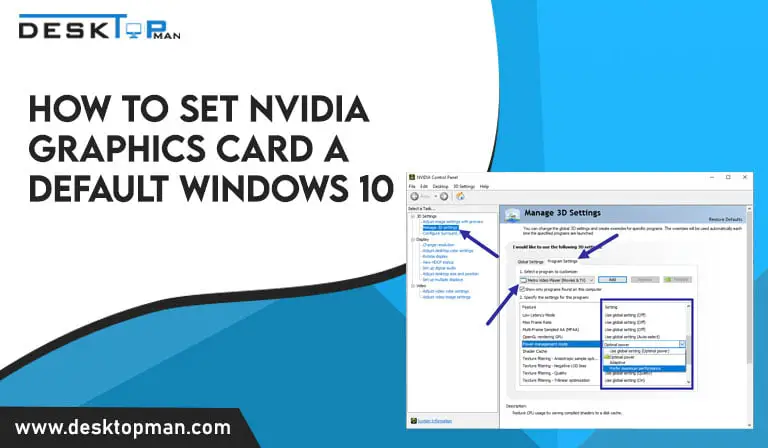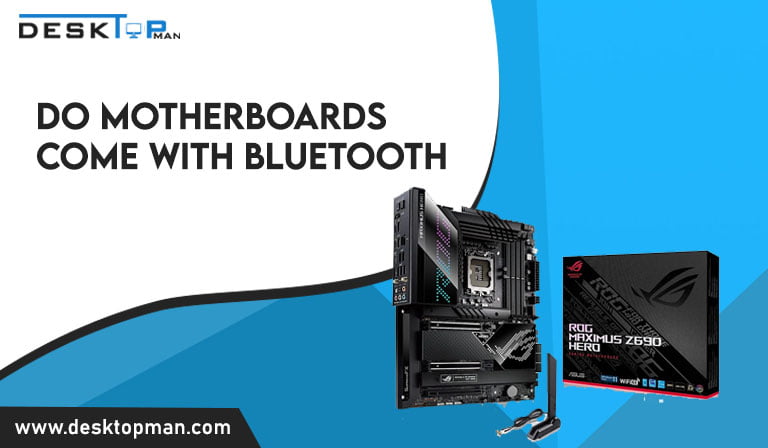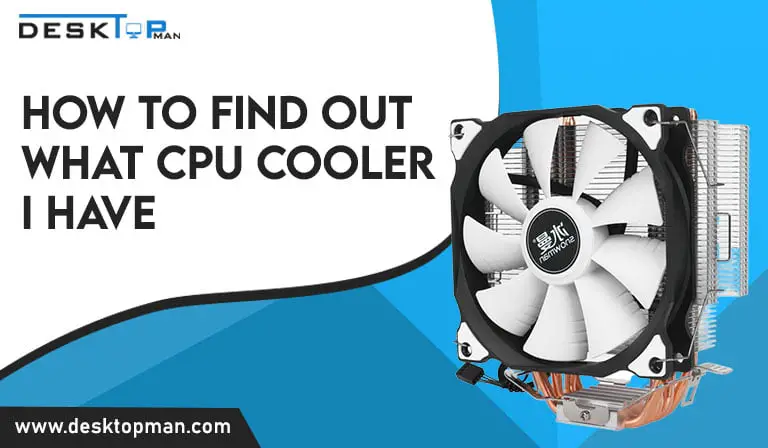How to tell if CPU is dead
Today we will discuss how to tell if cpu is dead. The computer’s major source of processing power is the CPU. As a result, a malfunctioning or dying CPU might leave your system completely useless. Understanding how to spot a dead CPU might help you determine when it’s time to replace it and avoid further harm. And this article will tell you How to tell if liquid cooler is broken.
Frozen boot-up , new cpu no displays, no POST (Power-On Self Test), overworking fans, fast shutdowns after turning on, and a complete loss of operation are all signs of a dead CPU. By inspecting the CPU and motherboard for evidence of damage, you can pinpoint the source of your computer’s problem. Also, pay attention to the sounds your computer produces as it turns on. Your computer’s problem may not always be caused by a dead CPU, but by another defective component.

Dead CPU symptoms
The computer’s major source of processing power is the CPU. As a result, a malfunctioning or dying CPU might leave your system completely useless. Understanding how to spot a dead CPU might help you determine when it’s time to replace it and avoid further harm. and this article will tell you how to tell if cpu is dead. Frozen boot-up displays, new cpu no displays , no POST (Power-On Self Test), overworking fans, fast shutdowns after turning on, and a complete loss of operation are all signs of a dead CPU.
- If your computer starts shutting down automatically without notice, it may be a very frustrating indication. The hardest part is when it happens at random. The majority of individuals choose to avoid such topics. However, even minor annoyance might indicate that your CPU needs repair. In these situations, you must locate and diagnose the failing components as well as other components. This usually occurs when your PC becomes overheated over time. It might begin with a few automatic shutdowns before progressing to a dead CPU.
- The BIOS POST is the first thing we see when we turn on a computer (Power On Self Test). This is a system diagnostic test that ensures your hardware is in good working order. If everything is in order, the computer will start up normally. If something is incorrect, however, the computer will not boot and you will receive an error message describing the problem. If any of the hardware is already destroyed, you will often see a notice that says “Missing Hardware.” However, it’s also conceivable that the BIOS POST failed to detect the problem and began correctly, only to freeze or restart after a short time.
- If your computer doesn’t turn on, can be yet another crucial sign that might indicate that your CPU is dead on the inside. In this example, there are at least two possibilities. You may either push the power button or wait for your computer to respond, or you can hit the power button and wait for the fan to spin for a second before turning off.
- The freezing of the computer could be quite frustrating, and it usually indicates that the CPU has failed or is already dead. You can freeze the system in a few different situations, such as at bootup, while the computer is inactive, or when it is heavily used.
- The Blue Screen of Death, often known as the BSOD, is a typical system fault in the Windows operating system. While it might be caused by an OS failure, it could also indicate that your CPU is dying. The BSOD causes your screen to turn blue and display an error message explaining why your system is no longer functional.
- It will be easier for you to comprehend that your motherboard may utilize short and lengthy beeps to notify you of a message if you are familiar with the morse codes employed in the past. Each series on the screen denotes a specific hardware issue with the machine. So, if your display starts beeping and showing codes, it’s recommended to look up the meaning of the code in the motherboard’s instruction manual. Not all motherboards, however, are capable of displaying such codes. In this situation, a speaker might assist you in hearing the sounds.
How to determine if it’s your CPU that’s dead

While you can probably figure it out based on the symptoms your device has been displaying, there are a few things you can take to help troubleshoot. If your CPU is in good working order, the following methods will almost certainly solve the problem.
If not, you can be certain that the CPU is dead and that you will need to replace it in order to keep your computer running.
- Examining for Errors and Damage: The first step in determining whether or not your CPU is indeed dead is to search for any form of fault. There are a few steps to follow in order to do this.
- Turn on your computer after shutting it down. On the screen, look for any beeps or trouble warnings.
- You may either contact the computer manufacturer for assistance or look up what the beep sound means on the internet.
- Then, using the indicated troubleshooting methods, try to resolve the issue.
- If the problem persists, disconnect the computer’s power cable or remove the laptop’s battery.
- Remove the access panel after that. Before taking it out, make sure you unscrew it completely.
- Remove the heatsink from the top of the processor and reinstall it. The CPU should then be removed from the motherboard.
- Check that all of the cables are firmly linked and that all other vital wires are correctly connected. Refresh your memories.
- Finally, turn on the computer and reinstall the heatsink and processor.
- Go to the next section if the problem hasn’t been solved yet.
- When you think your CPU is acting up, it’s possible that the issue is with your motherboard rather than the processor. To be certain, you should run a test on your CPU on a different computer. This is one of the simplest ways to determine the state of your CPU. The following are the measures to take:
- Disconnect the power cords from both computers.
- Make sure the CPU and heatsink are removed from both machines.
- Reconnect the power supply and reattach the heatsink and CPU to the test computer. Make sure that the processors in both machines are compatible with each other.
- Then switch on the computer and observe what occurs.
- If the BIOS fails to start or you hear the same beeping sound as previously, your CPU is almost certainly dead.
Why your CPU might die
There can be several reasons for CPU failure. For example
- Overheat
- Over cloaking
- Electrical Power Surge
- Unstable Voltage
- Bad Motherboard
How to tell if CPU is dead: Conclusion
While it is unusual that a CPU will fail so simply, if your PC is acting up, it is still worth examining where the problem is and figuring out how to tell if CPU is dead. The first step should always be determining if your CPU is defective or dead is to pinpoint the source of the problem. You might also start by checking the CPU physically.



